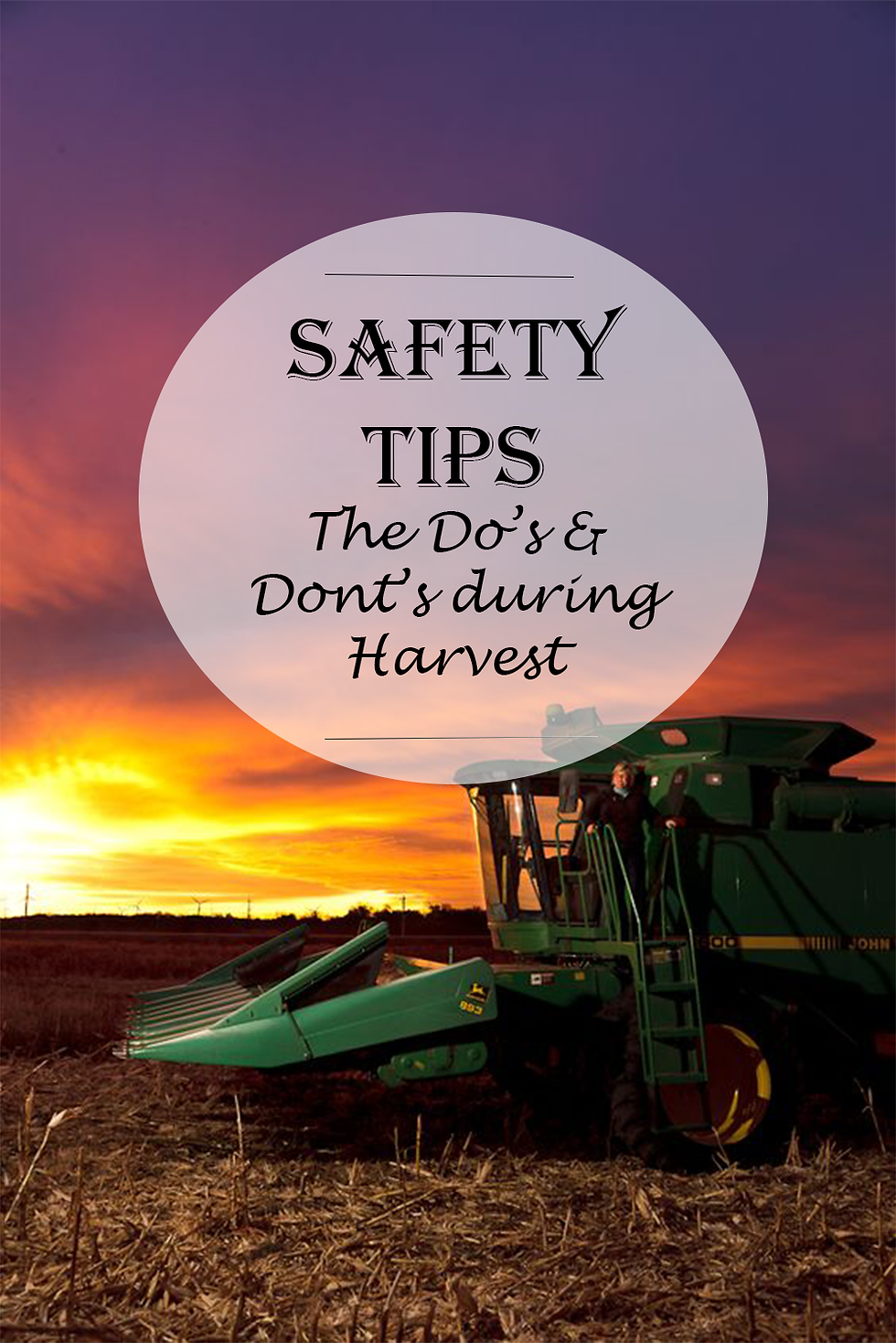Wet Weather creates a Challenge for Harvest
- Taylor Lewis
- Oct 6, 2016
- 2 min read
The 2016 growing season has been a strange one for sure-- hot during pollination and cooler and wet during August. The forecast going forward into October is above average and normal temperatures. Yield is determined over the full growing season, but crop quality often established by the conditions at the very end of the growing season. There are two major components that we should be on the look for with wet weather conditions.
The first one is FIELD MOLD. Corn is susceptible to field mold, which we are currently seeing emerge rapidly. Some yield will be lost by field mold, but more importantly, field dry down and storage properties will be reduced. Fungi are invading the stalks which cause them to be weak. Scouting early and an early harvest will be needed to prevent field loss from both downed stalks and mold activity. The effect on soybean quality will be slower field dry down. While soybeans typically dry down to 12-13% or less and right now they are staying in the 14-16% range.

The next thing to be aware of is STORAGE. The amount of grain needing temporary storage will be larger this year. With the amount of carryover corn from last year and the expected bushel this year will require extra temporary storage. Below are some tips for grain handling and storage:
Fungus development. Continued wet weather and warm humid conditions are trigging dry down and are encouraging fungus development on ears. The wide range of fungi on samples this year creates the unusual potential for several mycotoxins.
Storage life. The storage life of grain starts immediately after harvest and is shortened significantly when stored at warm temperatures. One day of storing at warm, wet corn before drying can use as much as 50% of the storage life, increasing problems next spring and summer.
Early Harvest. Harvest early and expect to dry the corn. Dry rapidly.
Drying methods. Slower drying methods will require careful monitoring. You can reduce drying speed in these systems by reducing the depth, but that would mean less grain in the dyer.
Bin dryer temperatures. The dryer should be above of 120 F but not over 160 F.
Pile of grain. Temporary piles should be at commercial facilities, not on the farm. Small piles will spoil faster than more rapidly than larger ones. Larger piles are also easier to aerate.
Do not mix old and new crop grain in the same bin.
Grain handling safety. High volumes and wet corn are the common ingredients for grain handling accidents, both entanglements and engulfment. It is not worth taking shortcuts on safety.
With wet conditions, be sure to take the correct procedures when storing and handling this years grain.

































Comments